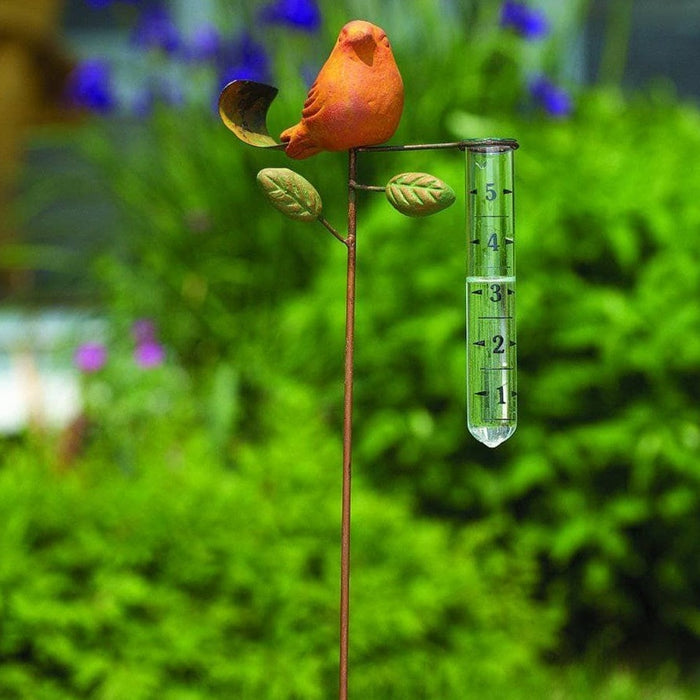The Rain Gauge: A Comprehensive Guide to Accurate Weather Dimension
The Rain Gauge: A Comprehensive Guide to Accurate Weather Dimension
Blog Article
DIY Rainfall Scale: Straightforward Steps to Make Your Own
Developing your own DIY rain gauge is a basic and reliable way to gauge and record rainfall. With just a couple of common products and some basic steps, you can easily construct your own rain gauge at home. Allow's get begun on making your Do it yourself rainfall scale today!
Gather Products
To start building your DIY rain gauge, gather all the essential products using a detailed listing of things. Having the appropriate products handy will certainly make certain the successful production of your rain scale and enable exact measurements of rains. You will certainly need a clear plastic container or cylinder, such as a plastic bottle or jar. Make sure the container is transparent to make sure that you can easily see the water degree inside. Next, you will need a leader or measuring tape to note the increments on the container. This will certainly allow you to determine the quantity of rains precisely. Furthermore, you will certainly require an irreversible pen or waterproof tape to note the dimensions on the container. When exposed to rainfall, this will guarantee that the markings stay noticeable also. Ultimately, you will certainly require a durable base or stake to securely hold your rainfall scale in place. This can be a wooden or steel stake that can be inserted right into the ground or a tough flat surface to give security. Gathering these products ahead of time will certainly improve the construction process and make sure that you have whatever you require to produce your very own DIY rain gauge.
Prepare the Container

Mark the Dimension Increments
To accurately determine the quantity of rainfall, accurately marking the measurement increments on your DIY rain gauge is vital. Without specific and clear markings, it would certainly be tough to determine the precise quantity of rainfall accumulated in your rainfall gauge. Below are the actions to mark the measurement increments on your rainfall scale.
First, pick the device of dimension that you desire to make use of. The most common units for determining rains are inches and millimeters. Use an irreversible pen or water resistant paint to note the increments on the side of your rainfall gauge once you have selected the device. For inches, you can mark every quarter inch or every fifty percent inch, depending upon your choice. For millimeters, you can mark every 10 millimeters or every 20 millimeters.
When marking the increments, it is very important to make certain that they are equally spaced and my latest blog post clearly visible. Use a leader or measuring tape to guarantee accuracy and uniformity. Furthermore, make sure that the markings are resistant to fading or abrading, as exposure to the elements may cause them to see this weaken with time.
Area the Rainfall Gauge Outdoors
The rain scale should be placed outdoors to precisely accumulate rains data. The area chosen for the rain scale must be open and cost-free from any blockages that might potentially impact the measurement of rainfall. It is important to find an area that is not blocked by trees, buildings, or other frameworks that can block the rain from getting to the scale. This will make certain that the accumulated information is agent of the real rainfall in the area.
Furthermore, it is crucial to position the rainfall scale on a stable surface area, such as a degree ground or a durable post. This will certainly avoid any type of movement or tilting of the gauge, which can cause unreliable dimensions. It is likewise a good idea to stay clear of positioning the gauge near any kind of resources of synthetic water, such as sprinklers or water drainage systems, as this could hinder the precision of the dimensions.
Display and Document Rainfall Information
Normal surveillance and recording of rains information is necessary for exact information analysis and interpretation. By tracking rains dimensions, read this article you can obtain beneficial understandings into weather patterns, climate trends, and water resource administration. To properly keep track of and tape rainfall information, it is essential to establish a routine and maintain regular techniques.
Firstly, ensure that your rainfall gauge is placed in an open area far from challenges such as trees or structures that might block rains. In addition, make certain the rainfall gauge is level and securely secured to protect against any kind of activity that might impact the precision of the measurements.

When taping the rains data, it is necessary to note the date and time of each measurement. Utilize a leader or a measuring adhere to identify the rainfall deepness in the rainfall gauge, and document this details precisely.
To guarantee the accuracy of the measurements, it is advised to empty the rainfall gauge after each recording. This will avoid any type of overflow or evaporation from impacting subsequent dimensions.
Final Thought
To conclude, developing a DIY rainfall scale is a straightforward and sensible method to check and tape rains information (The Rain Gauge). By adhering to the actions detailed in this write-up, you can quickly collect products, prepare the container, note the dimension increments, and place the rainfall scale outdoors. Regularly checking and taping rains information can give beneficial info for different purposes
Having the appropriate products on hand will make certain the successful development of your rainfall gauge and allow for exact dimensions of rains.To accurately determine the quantity of rainfall, accurately noting the measurement increments on your Do it yourself rainfall gauge is crucial.The rainfall gauge must be put outdoors to properly gather rainfall information. The area selected for the rainfall scale must be cost-free and open from any obstructions that could possibly affect the dimension of rains.In verdict, developing a DIY rainfall gauge is a functional and easy way to monitor and tape-record rains information.
Report this page